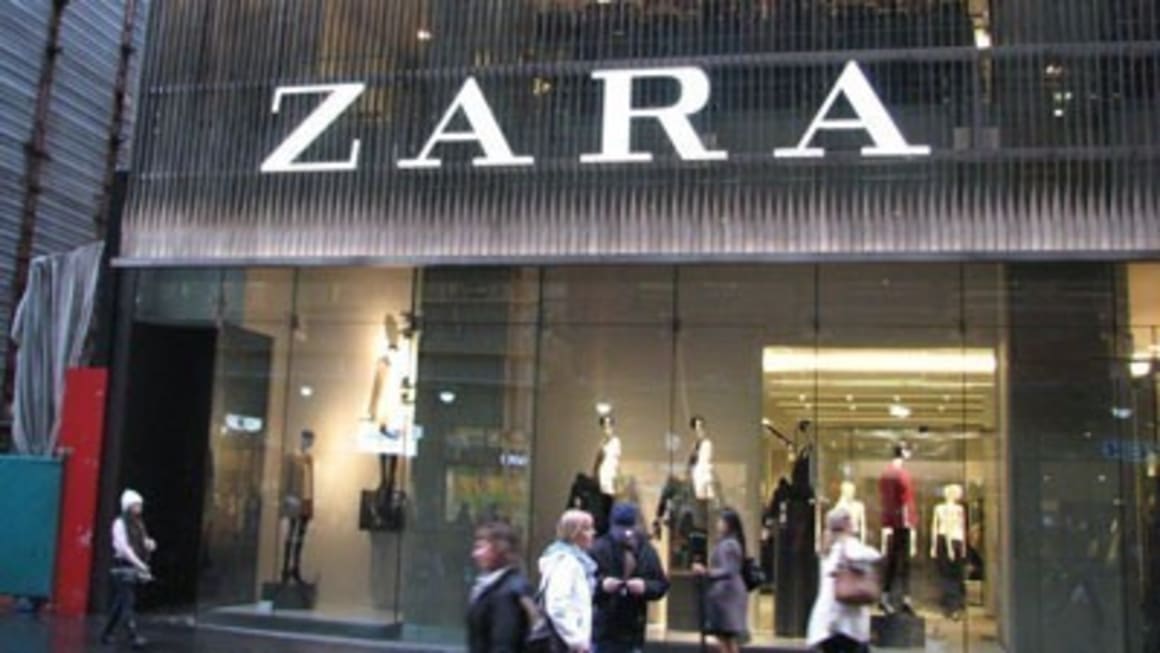Pitt Street Mall retail rents up 11% in a year

As we look to what's ahead for 2012, Property Observer is republishing some of our most noteworthy stories of 2011.
Rents in Australia’s premier shopping street, Sydney’s Pitt Street mall, have risen more than 11% over the past year, with a square metre of retail space now costing $10,000, according to a new global retail report by Colliers.
Sydney premier retail rentals are now nearly double those of nearest rival Melbourne, where rents on Bourke Street Mall have risen by a more modest 5% to $5,500 per square metre of the 12 months to end of March 2011.
The difference in retail rents between the two cities is likely to be felt by European fashion retailer Zara, which has opened two stores in these prime locations.
Although Zara’s rental details are not known, it is renting 1,400 square metres of space in the Westfield Sydney shopping centre on the Pitt Street Mall and 1,700 square metres of space on the Bourke Street Mall.
CB Richard Ellis’s recent global retail outlook ranks Sydney and Melbourne as joint ninth most popular cities for US retailers, with research director Kevin Stanley calling them “sweet spots”
Brisbane’s Queen Street Mall is the third most expensive retail strip in Australia, with rents averaging$4,250 per square metre. Retail rents on Queen Street rose 6.25% over the last 12 months.
In Perth, rents in the Hay Street and Murray Street malls are unchanged for the year at $3,250 per square metres, while retailers in Adelaide’s Rundle Mall are paying $3,000 per square metre, up 1.69% for the year.
Overall, Sydney’s Pitt Street mall has maintained its position as the sixth most expensive retail strip in the world
New York’s Fifth Avenue remains by far the most expensive retail strip in the world, with rents of US$23,888 (A$22,513) per square metre.
Russell Street, Causeway Bay in Hong Kong is a distant second, with rents averaging US$17,767 (A$16,774) per square metre.
Ross Moore, chief economist at Colliers International, says after two successive years of lacklustre growth, the world’s top retail streets have once again regained their vitality.
“This is reflected by a general rise in rents in many of the world’s premier shopping districts. As the lingering effects of the global downturn faded during the latter half of 2010, rising demand for the world’s most prime retail real estate was evident in many countries as many new retailers sought to establish a foothold in the world’s most prestigious avenues,” he says.